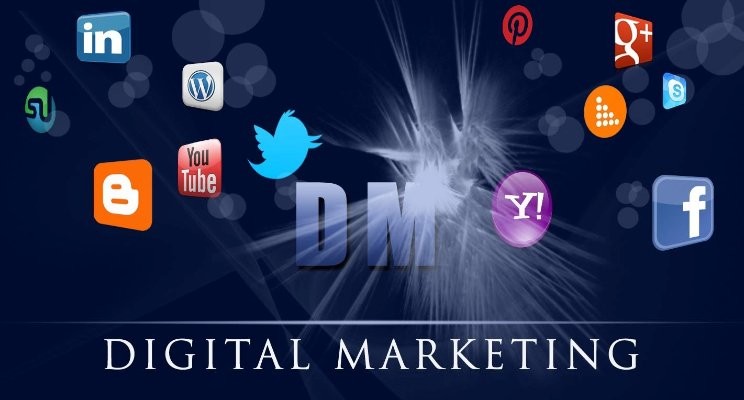Understanding Your Audience For Effective Digital Marketing
hsj

If you want your digital marketing efforts to yield fruitful results, you must first know and understand your target market and audience. Merely creating an account and investing money without this knowledge is akin to throwing your hard-earned cash down the drain. To embark on a successful digital marketing campaign, especially on social media, there are some crucial preliminary steps to take.
The Significance of Identifying Your Digital Marketing Target Audience
Your target audience refers to the specific group of potential customers that your product or service caters to. These are the individuals who are most likely to engage with your branding and advertisements. Typically, this core audience is defined by factors such as gender, age, income, and sometimes location. However, delving into secondary data points like hobbies, interests, education level, purchasing behavior, and marital status can provide a more comprehensive profile. Creating user personas, giving imaginary names and personalities like "John the DIY Enthusiast" or "Jamie the Gamer," helps visualize your target market better. These personas aid in shaping your overall social media strategy, content creation, and choice of social media channels.
It's important to note that you can have a primary target-focused audience while also addressing secondary and ancillary target audiences. However, your primary target audience should receive utmost attention since they are most likely to drive sales and revenue for your company.
Understanding Who Your Target Audience Isn't
Equally vital is identifying who your target audience is not. Being highly specific about your intended audience will be beneficial, especially when reviewing analytics to understand the actual demographic that engages with your offerings.
Research is Key
Never assume who your target market might be. Distinguish between a target market and a target audience. While they may be similar in some cases, a target market encompasses your entire customer base willing to buy your products or services. The target audience, on the other hand, represents a subset of the key target market that you aim to reach through social media and other channels.
Conducting comprehensive competitor and market research is essential to understand your target audience better. Rely on data rather than assumptions or desires when identifying your audience. Analyze sales data, review Google Analytics, and study social media insights to discern the actual demographics interested in your offerings.
Setting the Right Tone for Your Digital Marketing
Once you have identified your target audience through extensive research, it's crucial to establish the overall tone of your content. The tone should resonate with your audience's preferences and aspirations. For instance, if your target audience is a luxurious segment, maintain a formal and sophisticated tone. Conversely, if you run a bakery offering delightful treats, adopt a light-hearted and colorful tone.
Consistency is key in content distribution. Whether you're replying to customers on social media, via email, or chat, maintain a consistent tone that aligns with your target audience's expectations.
Constant Adaptation
Target markets and audience preferences can change over time. Consumer trends and preferences evolve, necessitating periodic reviews to ensure your digital marketing efforts stay on track with your primary target market.
Leverage Digital Marketing Tools
Social media platforms offer valuable dashboards and reporting to assess your progress with the target audience. Having a robust social media presence with sufficient data points is essential for informed decision-making.
While organic growth is essential, it can be time-consuming. If you want to accelerate your progress, consider signing up with our SMM panel. We offer competitive pricing and help you estimate expected user growth, providing a faster way to engage with potential customers.
In conclusion, knowing your target market and audience is the foundation of a successful digital marketing strategy. With the right approach and attention to detail, you can effectively engage with your core audience, leading to increased sales and business growth.